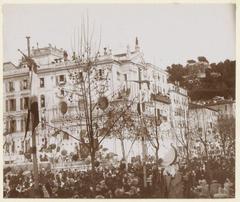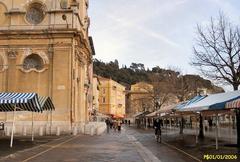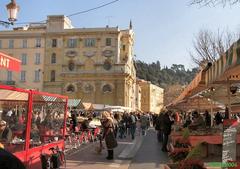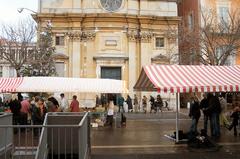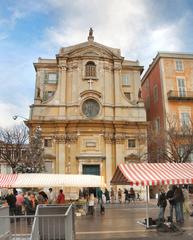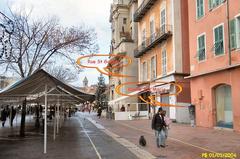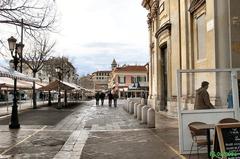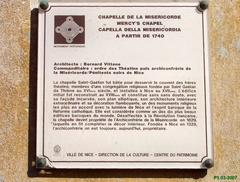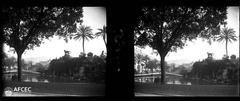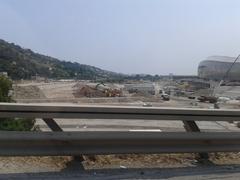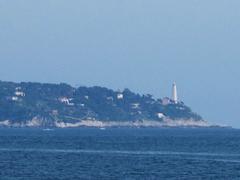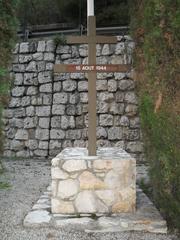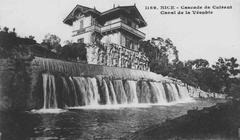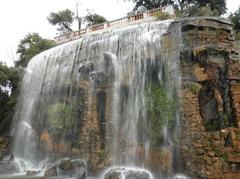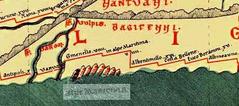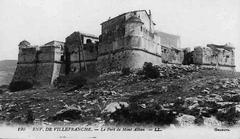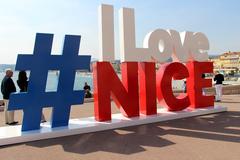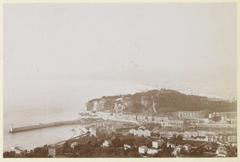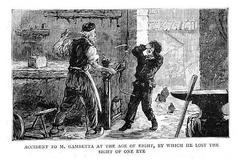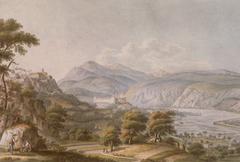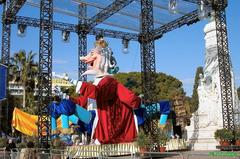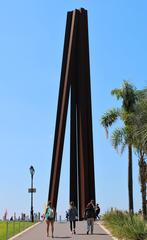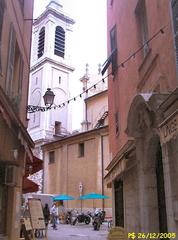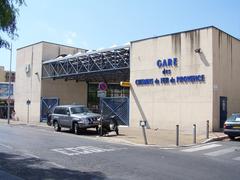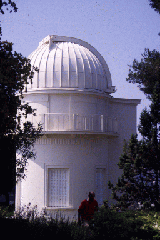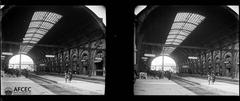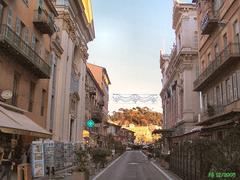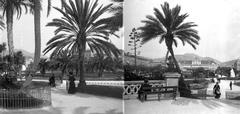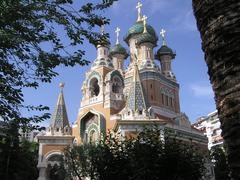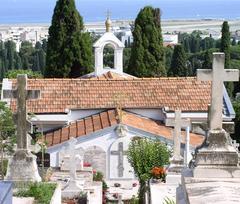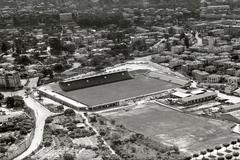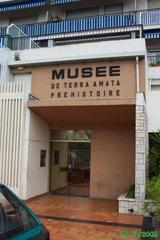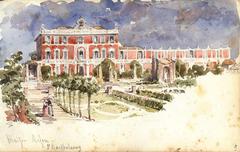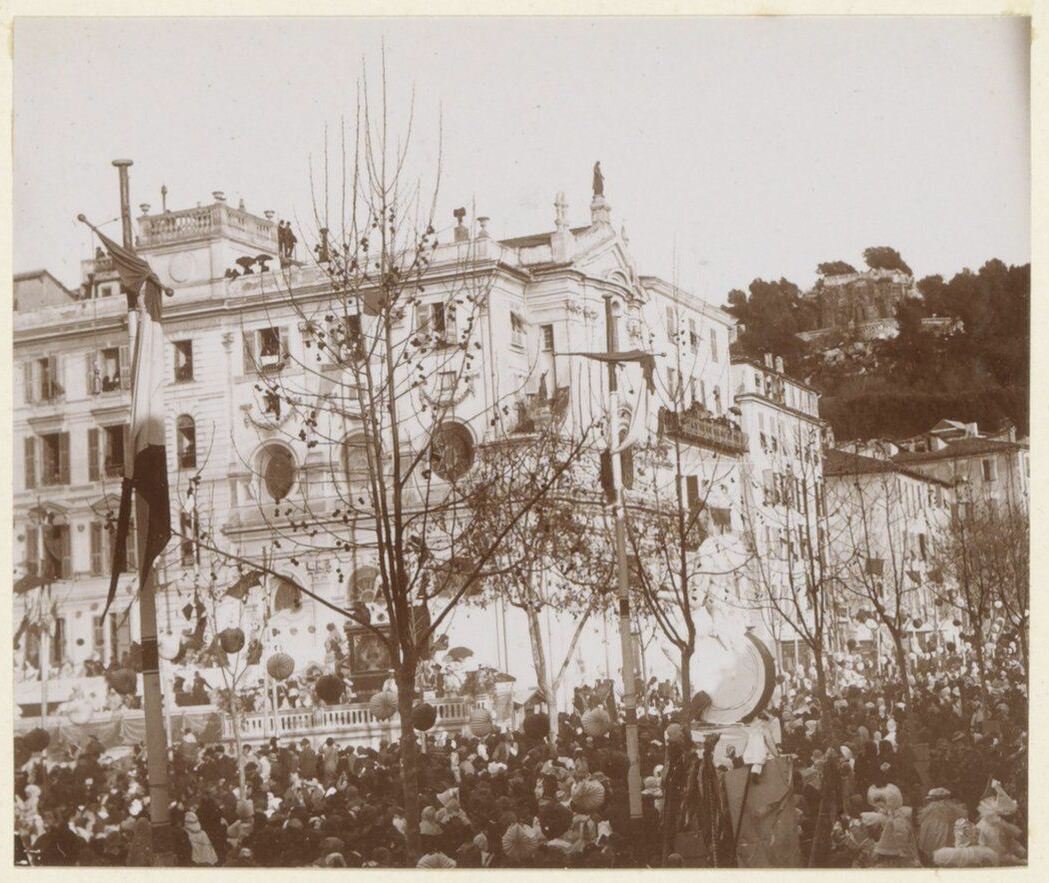
Comprehensive Guide to Visiting Chapelle de la Miséricorde, Nice, France
Date: 01/08/2024
Introduction
Nestled in the heart of Nice’s Old Town, the Chapelle de la Miséricorde, or Chapel of Mercy, stands as a beacon of Baroque architectural splendor and spiritual serenity. Constructed between 1740 and 1770 under the guidance of renowned architect Bernardo Vittone, the chapel is a testament to the artistry and devotion of the 18th century (explorenicecotedazur.com). Positioned on the historic Cours Saleya, the chapel was built on the site of former salt storehouses, symbolizing its integral role in the community’s daily life and spiritual practices (nice-tourism.com). The chapel’s elliptical nave and semi-circular lateral chapels are quintessential examples of Baroque design, blending seamlessly with the vibrant hues of Nice’s Old Town. Inside, visitors are greeted by a grand dome, exceptional frescoes, and two 15th-century altarpieces, creating a serene and contemplative atmosphere (explorenicecotedazur.com). Declared a national monument in 1921, the Chapelle de la Miséricorde has undergone extensive restoration to preserve its structural and artistic integrity, ensuring that it remains a cherished landmark for generations to come (wikipedia.org).
Table of Contents
Historical Background
Origins and Construction
The Chapelle de la Miséricorde, also known as the Chapel of Mercy, is a significant religious edifice located in the heart of Nice’s Old Town, on Cours Saleya. The chapel’s construction began in 1740 and was completed between 1747 and 1770. It was designed by the renowned architect Bernardo Vittone, who was known for his expertise in Baroque architecture. The chapel was built on the site of former salt storehouses belonging to the King of Sardinia, reflecting the historical importance of the location (explorenicecotedazur.com).
Architectural Significance
The Chapelle de la Miséricorde is a masterpiece of Baroque architecture, characterized by its elliptical nave and semi-circular lateral chapels. The design is a testament to Vittone’s ability to adapt to narrow spaces, a common challenge in Baroque Piamonte churches. The chapel’s façade, adorned with intricate details and a striking yellow color, blends seamlessly with the vibrant hues of Nice’s Old Town (nice-tourism.com).
Artistic Elements
The interior of the chapel is equally impressive, featuring a grand dome and a series of exceptional murals and frescoes. Notably, the ceiling is adorned with a magnificent fresco on a blue background, giving the impression of an open-air church. This artistic choice enhances the chapel’s serene and spiritual atmosphere. The chapel also houses two 15th-century altarpieces by Miralhet and Bréa, adding to its historical and artistic value (explorenicecotedazur.com).
Religious and Cultural Importance
The Chapelle de la Miséricorde was built as a testament to the devotion of the Confraternity of Penitents, a religious order founded in the 17th century. The order sought to promote acts of mercy and repentance, and the chapel stands as a symbol of their commitment to serving others and finding solace in prayer. Over the centuries, the chapel has remained a place of spiritual refuge and reflection for both locals and visitors (niceairport.net).
Restoration and Preservation
In 1921, the Chapelle de la Miséricorde was declared a national monument, recognizing its historical and cultural significance. However, the chapel faced structural challenges in the late 20th century. In 1980, the construction of a nearby underground car park caused significant fissures in the chapel’s façade, threatening its stability. Extensive restoration work was undertaken between 2002 and 2003 to stabilize the structure using micropiles. Further renovations were carried out in 2009, including the restoration of the façades, roofs, sculptures, and decorative elements (wikipedia.org).
Modern-Day Relevance
Today, the Chapelle de la Miséricorde continues to be a cherished landmark in Nice. It is entrusted to the religious order of the Black Penitents of Nice, who maintain its spiritual and cultural heritage. The chapel is open to visitors every Tuesday from 2:30 PM to 5:30 PM, offering a unique opportunity to explore its rich history and architectural splendor. Visitors can also attend religious ceremonies and services held in the chapel, experiencing its tranquil and reverent atmosphere firsthand (holidify.com).
Visitor Experience
Accessibility and Practical Information
The Chapelle de la Miséricorde is located in the Old Town of Nice and can be easily reached by foot or public transportation. The closest bus stops are “Cathédrale - Vieille Ville” or “Lycée Masséna,” both a short walk away. While the chapel is not wheelchair accessible, several paid parking options are available nearby, including the Promenade des Arts underground car park and the Cours Saleya car park. Admission to the chapel is free, making it an accessible and enriching experience for all visitors (holidify.com).
Ticket Prices, Guided Tours, and Travel Tips
Admission to the Chapelle de la Miséricorde is free, providing an affordable cultural and spiritual experience. Although there is no charge for entry, donations are welcome to aid in the chapel’s ongoing preservation efforts. Guided tours are available periodically, offering deeper insights into the chapel’s history, architecture, and artistic elements. Visitors are advised to check the official website or contact the chapel directly for the latest information on tour availability and schedules.
For those planning a visit, it’s recommended to wear comfortable shoes as the Old Town’s cobblestone streets can be challenging to navigate. Additionally, nearby attractions such as the Cours Saleya Market, the Palais Lascaris, and the Nice Cathedral make for a comprehensive day of sightseeing in the area.
Photographic Spots
Photography enthusiasts will find numerous opportunities to capture the beauty of the Chapelle de la Miséricorde. The chapel’s vibrant façade, intricate interior details, and the unique perspective from the top of Cours Saleya stairs offer stunning photographic spots. Visitors should be mindful to respect the chapel’s sacred nature and avoid using flash photography inside the building.
FAQ
Q: What are the visiting hours for the Chapelle de la Miséricorde?
A: The chapel is open to visitors every Tuesday from 2:30 PM to 5:30 PM.
Q: Is there an admission fee to enter the chapel?
A: No, admission to the chapel is free, although donations are welcome.
Q: Are guided tours available?
A: Yes, guided tours are available periodically. Check the official website or contact the chapel directly for the latest information.
Q: How can I reach the Chapelle de la Miséricorde?
A: The chapel is located in Nice’s Old Town and can be reached by foot or public transportation. The closest bus stops are “Cathédrale - Vieille Ville” or “Lycée Masséna.”
Q: Are there any nearby attractions worth visiting?
A: Yes, nearby attractions include the Cours Saleya Market, Palais Lascaris, and Nice Cathedral.
Conclusion
The Chapelle de la Miséricorde stands as a testament to the enduring beauty and spiritual significance of Baroque architecture. Its rich history, artistic brilliance, and tranquil atmosphere make it a must-visit destination for those seeking a moment of respite and reflection in the heart of Nice. Whether you are a devoted believer or simply appreciate the beauty of sacred spaces, this hidden gem will leave you with a sense of peace and renewed faith (niceairport.net).
References
- Chapelle de la Miséricorde: Origins and Construction, Explore Nice Côte d’Azur (explorenicecotedazur.com)
- Chapelle de la Miséricorde: Architectural Significance, Nice Tourism (nice-tourism.com)
- Chapelle de la Miséricorde: Artistic Elements, Explore Nice Côte d’Azur (explorenicecotedazur.com)
- Chapelle de la Miséricorde: National Monument Status and Restoration, Wikipedia (wikipedia.org)
- Chapelle de la Miséricorde: Spiritual Serenity, Nice Airport (niceairport.net)
- Chapelle de la Miséricorde: Visitor Experience, Holidify (holidify.com)
